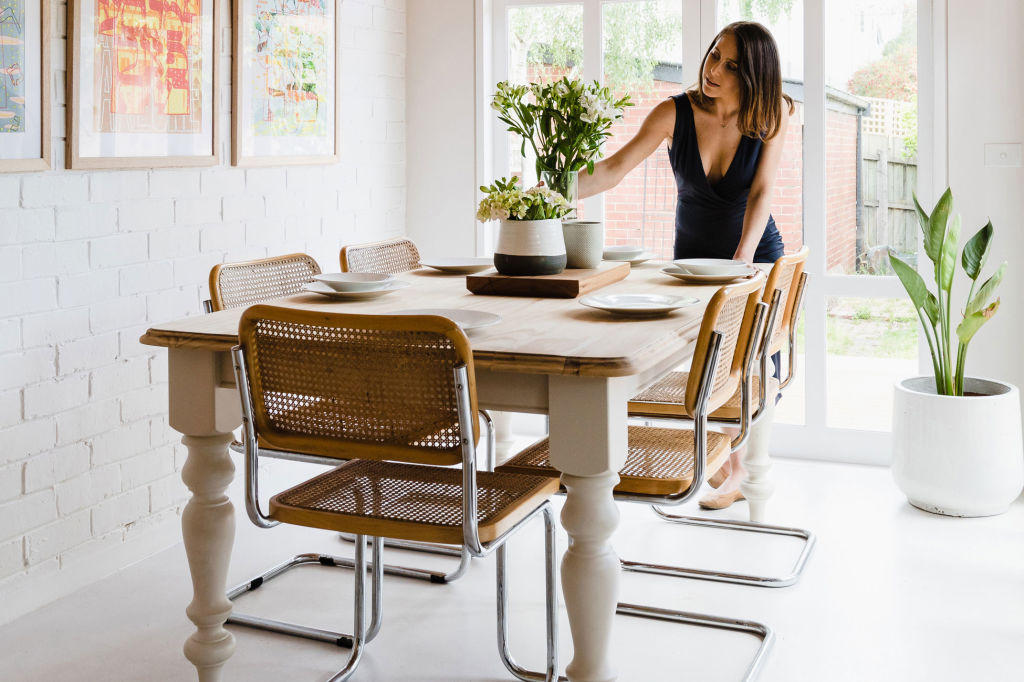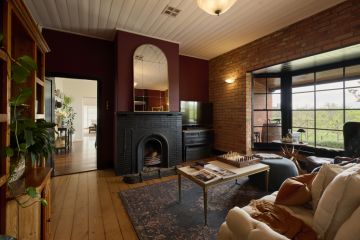5 expert working from home tips from interior designers and stylists


Let me guess: You’re reading this article at your workplace, perhaps scoffing down a sandwich al desko in your 10-minute lunch break, and you probably think that working from home sounds great. After all, what’s not to love? You can kiss goodbye to nasty office politics, mind-numbing commutes and the hassle of having to get out of your pyjamas in the morning, right?
Well, yes. That’s all true to an extent, but turning your back on the traditional nine-to-five isn’t all beer and skittles and eating Nutella straight from the jar at 3pm. There are also some significant downsides.
For a start, it can be hard to get motivated when the TV is staring at you from the corner of the room. Oh, and try crafting your magnum opus while dangling a baby on your knee and fixing your toddler’s Lego train. And that’s not even counting the biggest one of all – you never get to leave the office. Ever.
With this in mind, we asked four interior designers and stylists who work from home how they manage to create balance between business and, well, everything else.
Here they offer some of their top tips and great ideas.
Create a space dedicated to working
Georgia Ezra, founder of Melbourne interior architecture firm Gabbe, advises people to set up a separate area for their work.
“As someone who runs a business from home, there were times when I worked from my dining room table, because I like that space, but that was where the boundary [between work and the rest of my life] got blurred,” she says.
“I started checking my emails before dinner, after dinner, during dinner.
“Dedicating a space that is specific to your work is instrumental to working from home. It’s about shutting off the computer and turning away from work for a set time.”
- Related: Stars of The Block reveal their secrets
- Related: Diary of a serial home owner
- Related: Australian Houses Awards winners

Use colour to define your work area
Emma Hawkins, who runs lifestyle website wholovesthat.com from a farm near Geelong, uses colour and other visual cues to create a psychological demarcation zone around her workspace.
“I am fortunate enough to have a cottage, separate to the house, that I have converted into an office,” she says. “I’ve painted the cottage and styled the office really differently to the house.
“When I walk in there I feel like I’m in a completely different environment – I can go in with a clear mind and switch into work mode.”
Emma also uses cushions and potted plants in her living areas to promote a sense of calm and relaxation when she’s not at her desk.
Hide your work when the day is done
Gary Hamer, of Brisbane’s Gary Hamer Interior Design, makes a habit of clearing away his work things at the end of the day.
“Rather than use a separate bedroom, I’ve put a desk in the family room … as I like to feel I’m in my home when I’m working,” he says.
“I’ve got storage nearby where I can put things away. When I finish … everything gets packed away, so that it looks like a house again.
“I’ve also put feature lamps and coffee table books on my desk, so when it’s not in use it looks like part of the living space again, rather than an office.”
Create strategies for managing distractions
Christine Ghrayche, mother of three and founder of One x One Interiors in Orange, NSW, says working from home with children can be a challenge.
“Kids are a big distraction and are often unpredictable,” she says. “There have been occasions where I’m up against a deadline and I just need to get things done. I set up craft stations for the children to keep them occupied … for half an hour or so. I use paint, glue and bits of coloured card.”
Create rituals that bookend the working day
For Emma Hawkins, candles have become a ritual that symbolises the beginning and end of the working day.
“I have to have a candle burning [when I’m working],” she says. “I go into the office [and] light a candle. The signal that the day is over is to blow the candle out, shut the door, and I don’t respond to emails unless it’s urgent.”
We recommend
We thought you might like
States
Capital Cities
Capital Cities - Rentals
Popular Areas
Allhomes
More







